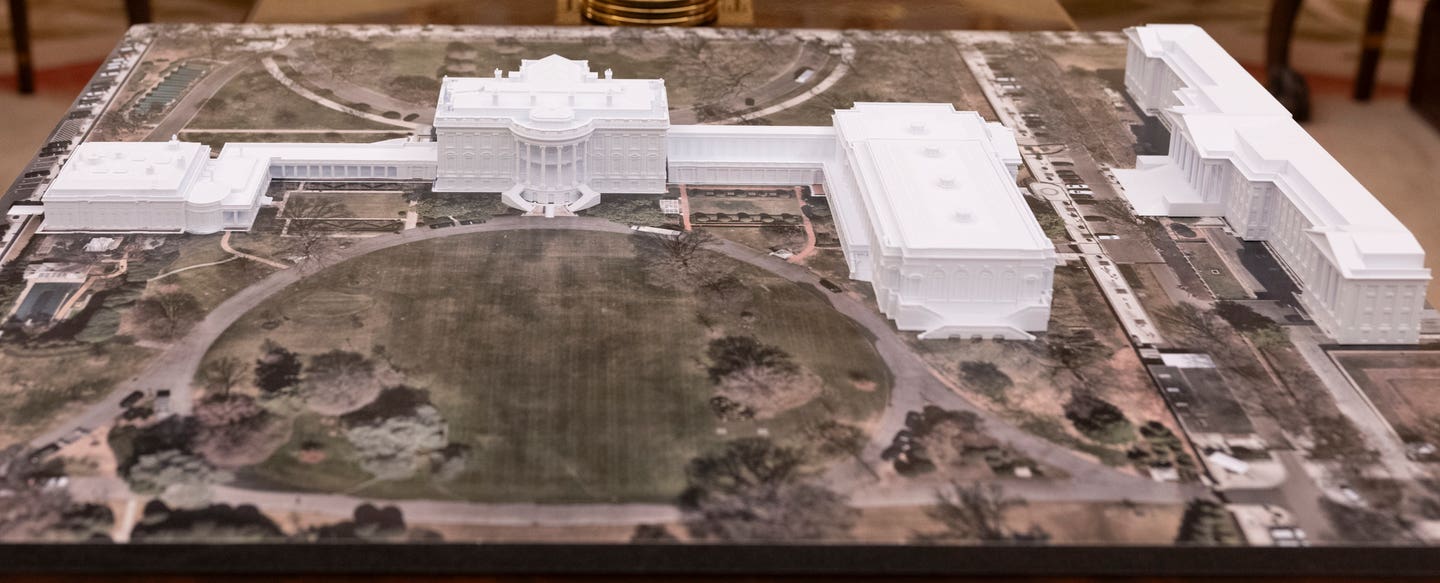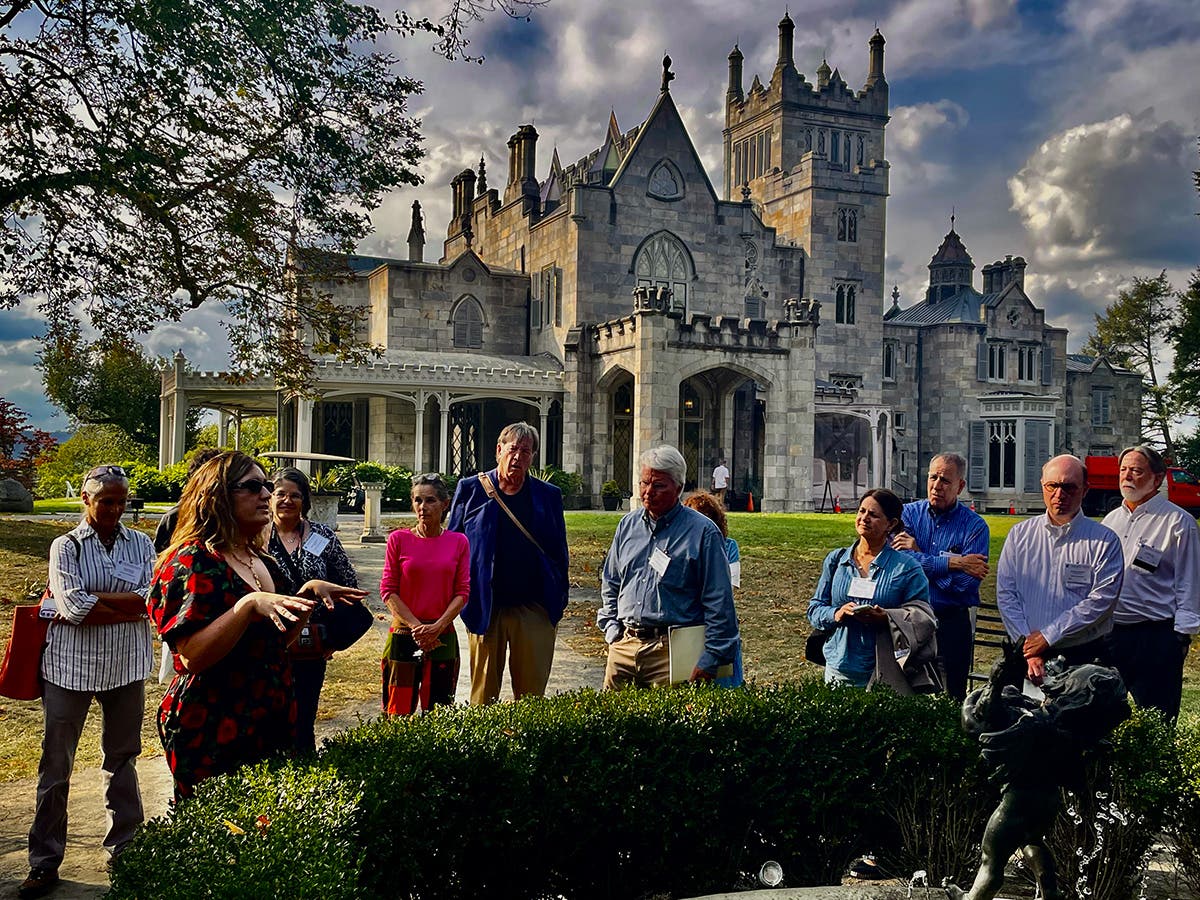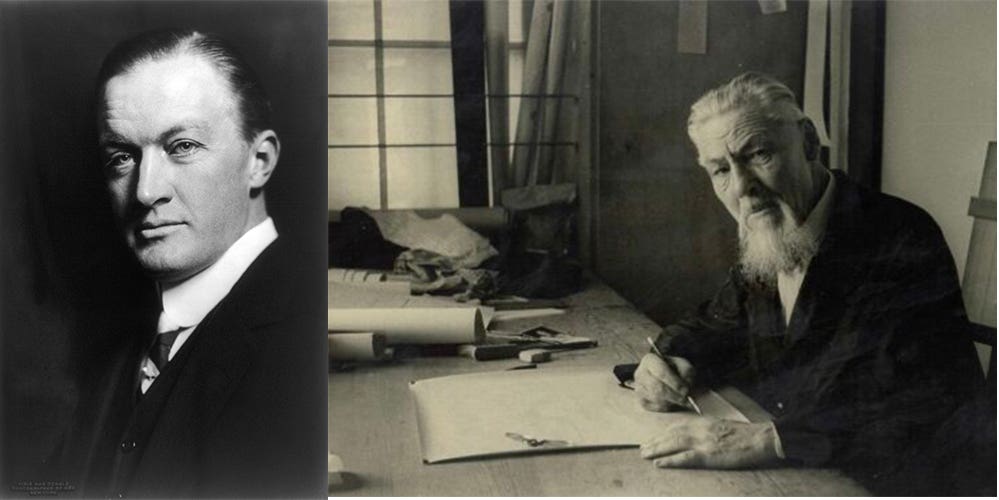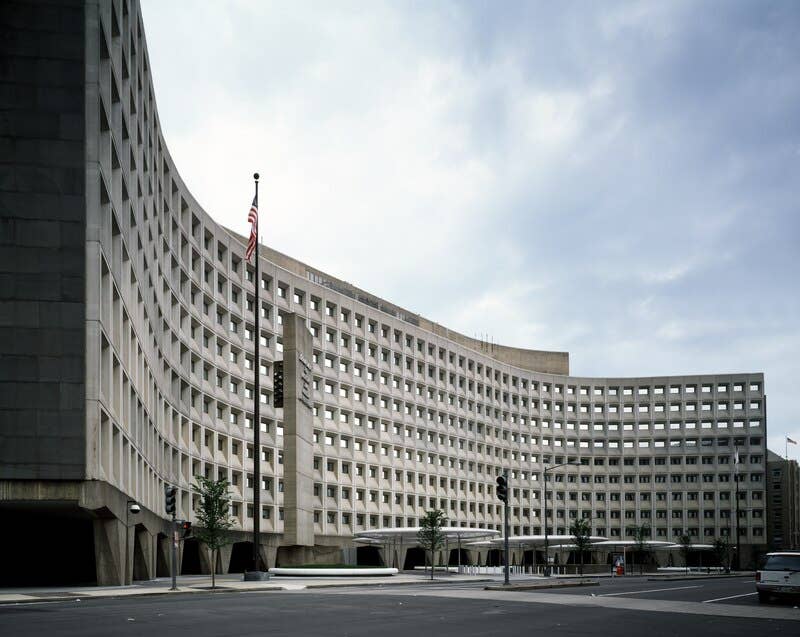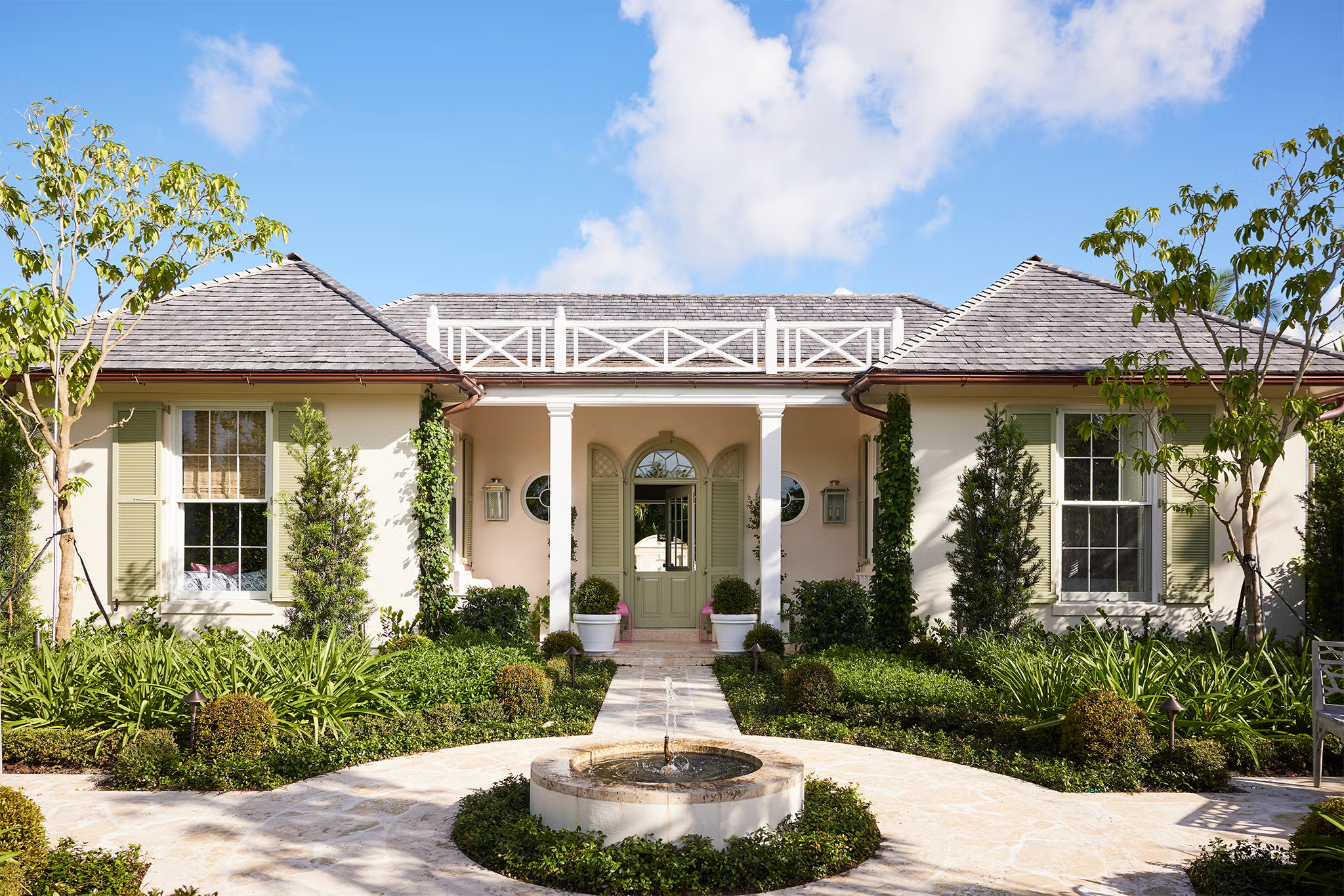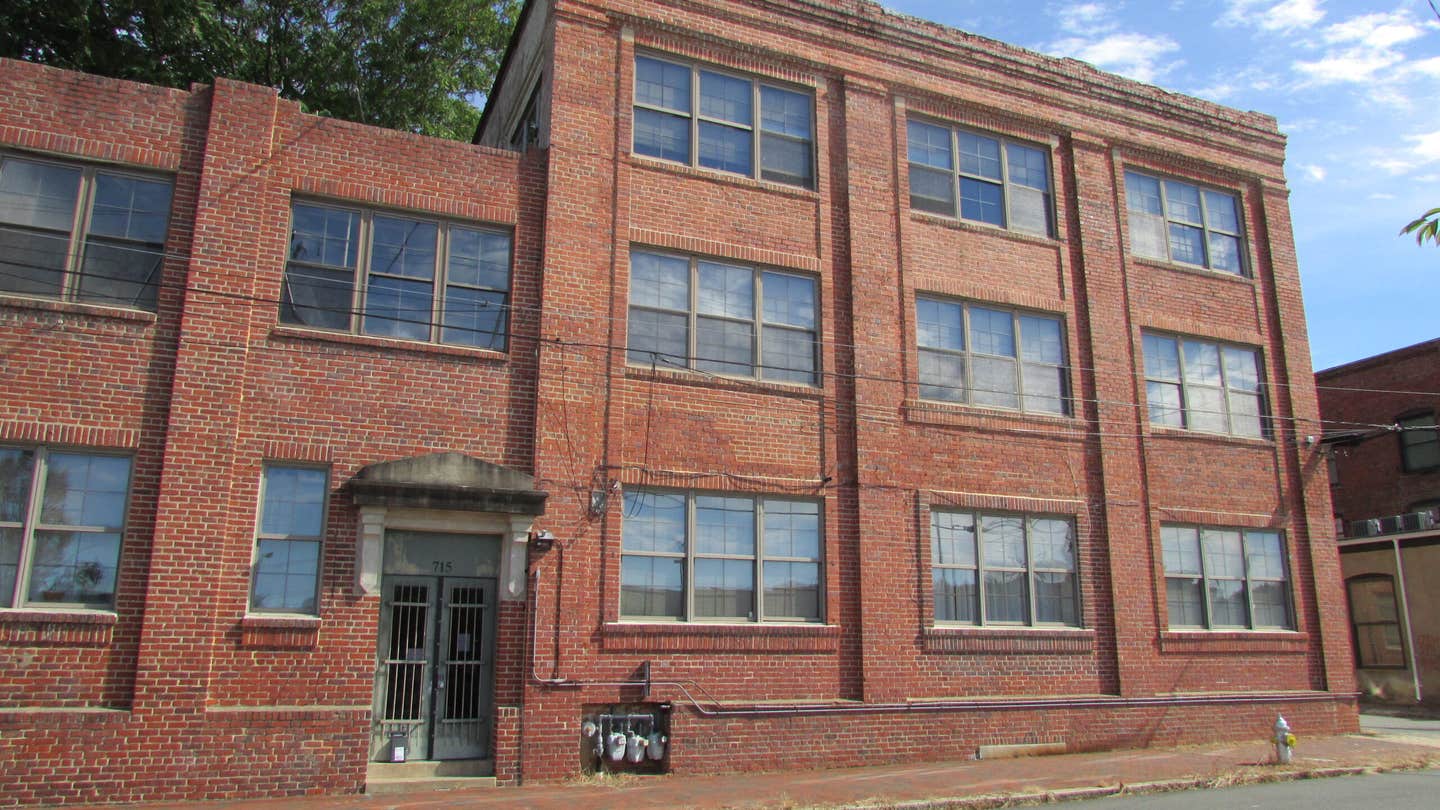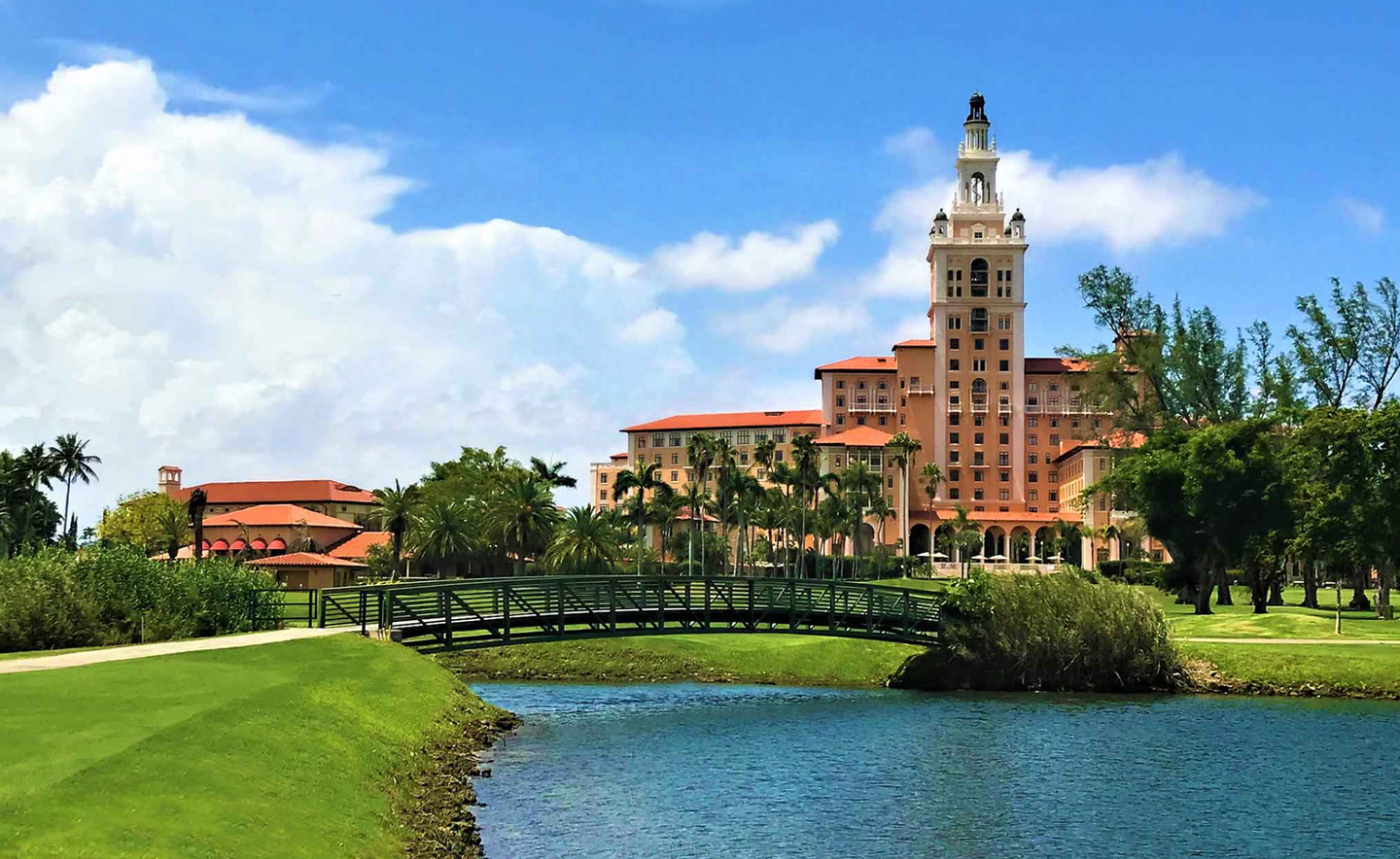
Peter Miller
Lessons Learned at the Traditional Building Conference in Coral Gables
“Classicism should stand for something more than beauty.” That was the pronouncement, the challenge, laid down by the keynote speaker, Andrés Duany, at the Traditional Building Conference in Coral Gables, Florida.
The two-day conference took place at the historic Biltmore Hotel in early December 2021. Duany, an architect, a town planner, new-urbanist and co-founder of DPZ CoDesign encouraged the audience to connect what we do, the solutions we provide, to the broader issues and challenges facing the housing industry today, especially affordability. Traditional Building Conference attendees are builders, architects, urban planners, preservationists, and their suppliers.
“Classicism is associated with the rich," Duany said, "and affordable housing, such as manufactured housing, is not well designed. We can fix this.” Duany also showed the architects and builder attendees how tiny houses on wheels can be accessory dwelling units, free and clear of oppressive building codes for homes with foundations. “Put wheels on the house,” Duany reasoned, “and be part of the housing affordability solution.”
“Good proportion is free,” exclaimed W. Taylor Reveley, president of Longwood University. Reveley was part of a panel presentation and discussion about Historic Monuments, Diversity and Design, moderated by Lori Garrett of Glavé and Holmes Architecture. This session also included panelists Steven W. Semes, Professor of Architecture, University of Notre Dame, C.J. Howard, Assistant Professor of Architecture and Planning, The Catholic University of America and Randy Holmes, Glavé and Holmes Architecture. The panel exchanged ideas with the audience about a sensitive topic: what to do with monuments that memorialize slave owners and despots.
The prevailing idea from this session was to recognize both the moral and aesthetic judgments made about monuments; the panel considered relocating them to museums for interpretation and constructing juxtaposing monuments nearby to tell a more complete story about their original intent and their current significance or meaning. The message was not to just tear them down, which misses the opportunity to teach. Three of the five panelists are teachers who articulated a complicated and emotional topic with empathy and dignity.
Kyle Sword of Pilkington Glass presented a seminar that explained the embodied and operating carbon impact of window restoration, secondary glazing in replacement windows and emerging technologies in glazing. The historic restoration of existing windows can provide climate benefit while preserving historic character. Sword’s session moved the audience from the academic to the practical by showing window replacement project case studies.
Attendees learned about VIG or vacuum insulating glass, its thin profile, light weight, and energy efficiency. This glass allows for window restorations in existing frames which might not accommodate double-insulating glass units. Sword showed the Milwaukee County War Memorial, designed by Eero Saarinen, as a VIG restoration example.
Hurricane resiliency is code in Florida, so it was fitting that the Traditional Building Conference curriculum included a session on the strength and longevity of large exterior openings, including garage doors, car barns, and other auxiliary buildings. In a session titled “The Impact of Hurricanes on Doors” the selection of carriage house door wood species, operating method, vertical vs. horizontal opening and hardware are all important considerations for hurricane resiliency. This AIA CEU accredited seminar was presented by Lauri Wilson of Cambek.
“Environmental Product Declarations,” a term not necessarily familiar to attendees, was explained by speaker Jill Gotthelf, AIA, FAPT, Principal, WSA | Modern Ruins in a seminar about building material life cycle and sustainability. Gotthelf pointed to the adoption of green product standards in the green building industry but the absence thereof in historic preservation. “A product life-cycle story in a single, scientifically-credible, standardized report helps us make informed decisions about our impact on the environment,” Gotthelf declared.
Architectural tours, both by bus and on foot were led in the afternoons by Dr. Karelia Martinez Carbonell, president of the Historic Preservation Association of Coral Gables and Albert Menendez, Chairman of the Coral Gables Historic Preservation Board. The “Historic Residential District Tour” featured the White Way Street Lights which were commissioned by Coral Gables founder/developer George Merrick in 1926. From there tour goers saw the Italian Village, the Chinese Village, the Coral Gables Library, the Coral Gables Congregational Church, 644 Altara, the historic home of Williams Jennings Bryan and the George Merrick House.
The Historic Commercial District Tour treated our tourist attendees to the De Soto Fountain, the Venetian Pool, the Colonnade Building, Coral Gable’s “Miracle Mile,” the Alhambra Water Tower and several other notable, iconic buildings in a city whose architectural identity is classical Mediterranean Revival.
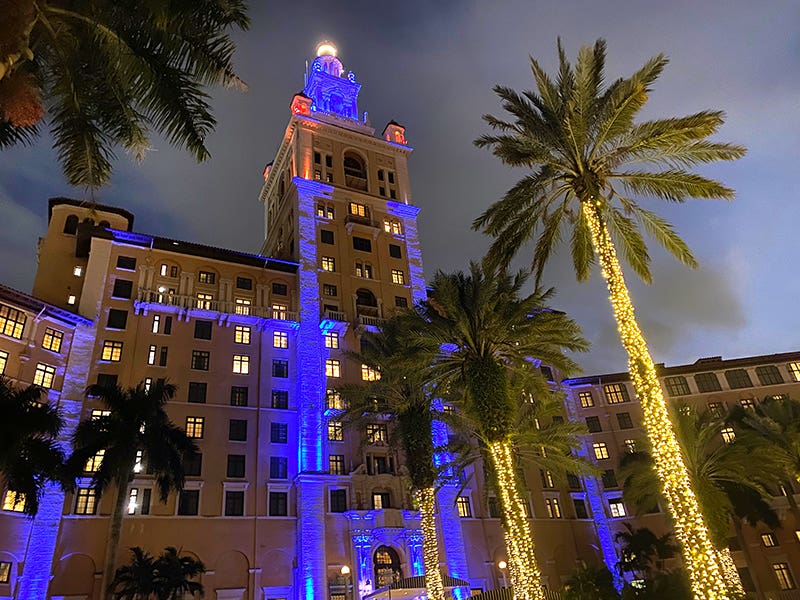
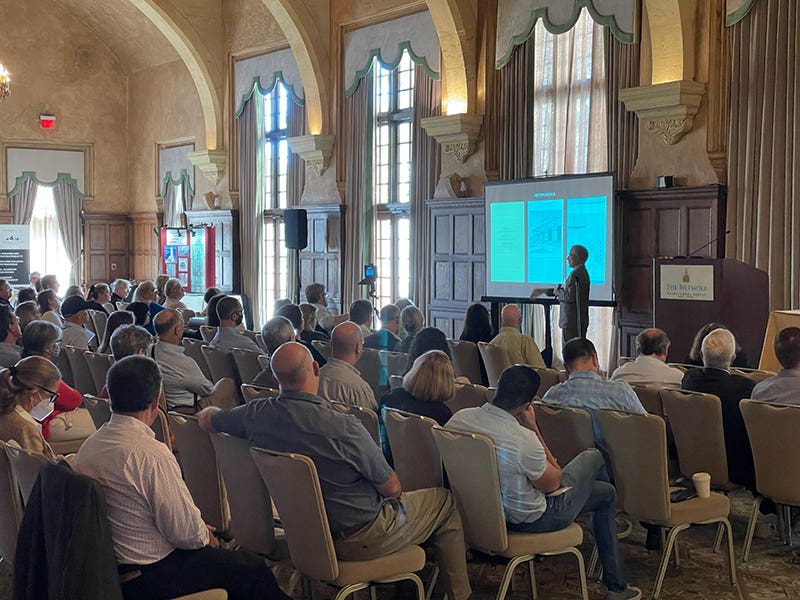
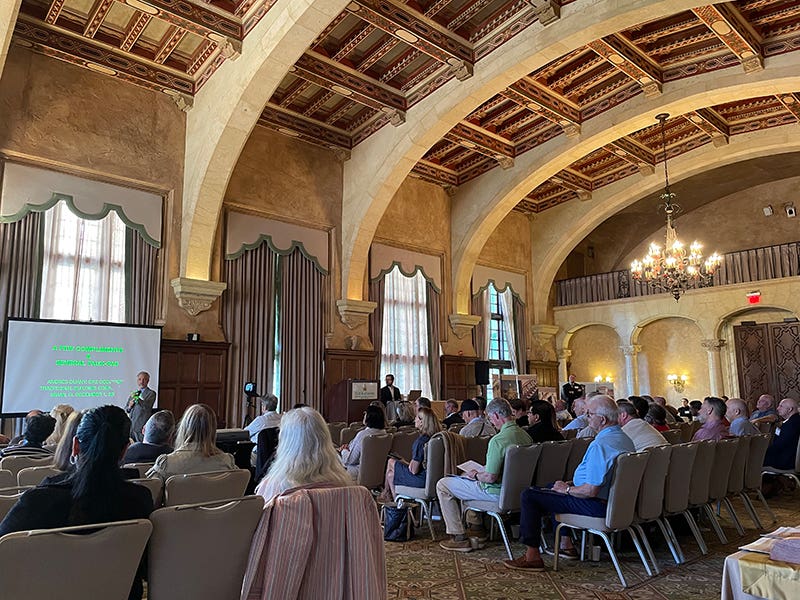

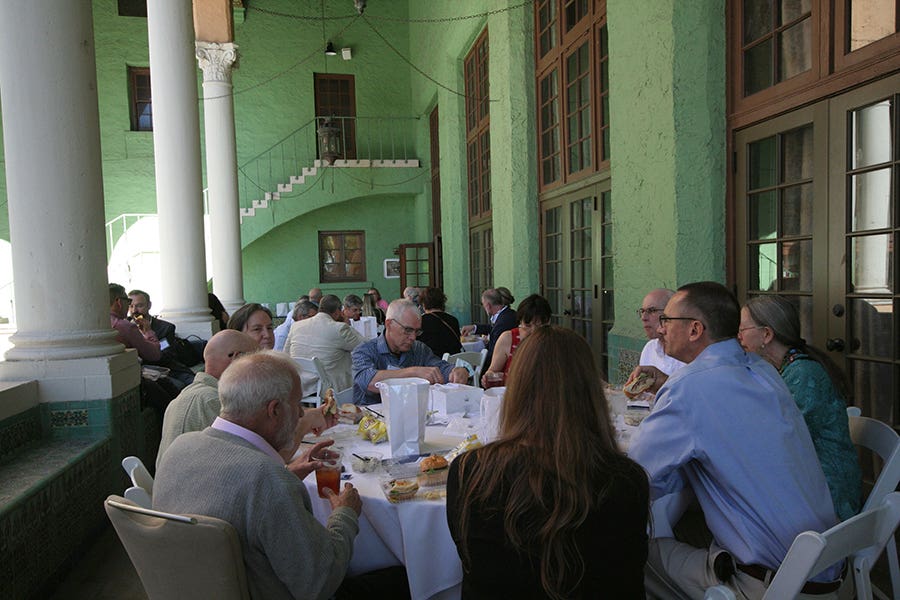
On the first evening of the Traditional Building Conference, the annual Palladio Awards ceremony took place in the Alhambra Ballroom of the historic Biltmore Hotel. It was a lively gala with traditional-design award winners from both the 2020 and 2021 competitions.
Peter H. Miller, Hon. AIA, is the publisher and President of TRADITIONAL BUILDING, PERIOD HOMES and the Traditional Building Conference Series, and podcast host for Building Tradition, Active Interest Media's business to business media platform. AIM also publishes OLD HOUSE JOURNAL; NEW OLD HOUSE; FINE HOMEBUILDING; ARTS and CRAFTS HOMES; TIMBER HOME LIVING; ARTISAN HOMES; FINE GARDENING and HORTICULTURE. The Home Group integrated media portfolio serves over 50 million architects, builders, craftspeople, interior designers, building owners, homeowners and home buyers.
Pete lives in a classic Sears house, a Craftsman-style Four Square built in 1924, which he has lovingly restored over a period of 30 years. Resting on a bluff near the Potomac River in Washington, D.C., just four miles from the White House, Pete’s home is part of the Palisades neighborhood, which used to be a summer retreat for the District’s over-heated denizens.
Before joining Active Interest Media (AIM), Pete co-founded Restore Media in 2000 which was sold to AIM in 2012. Before this, Pete spent 17 years at trade publishing giant Hanley Wood, where he helped launch the Remodeling Show, the first trade conference and exhibition aimed at the business needs and interests of professional remodeling contractors. He was also publisher of Hanley Wood’s Remodeling, Custom Home, and Kitchen and Bath Showroom magazines and was the creator of Remodeling’s Big 50 Conference (now called the Leadership Conference).
Pete participates actively with the American Institute of Architects’ Historic Resources Committee and also serves as President of the Washington Mid Atlantic Chapter of the Institute of Classical Architecture & Art. He is a long-time member of the National Trust for Historic Preservation and an enthusiastic advocate for urbanism, the revitalization of historic neighborhoods and the benefits of sustainability, including the adaptive reuse of historic buildings.




